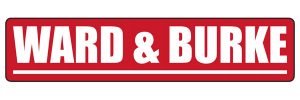Enhanced Biological Phosphorus Removal Programe (2022)
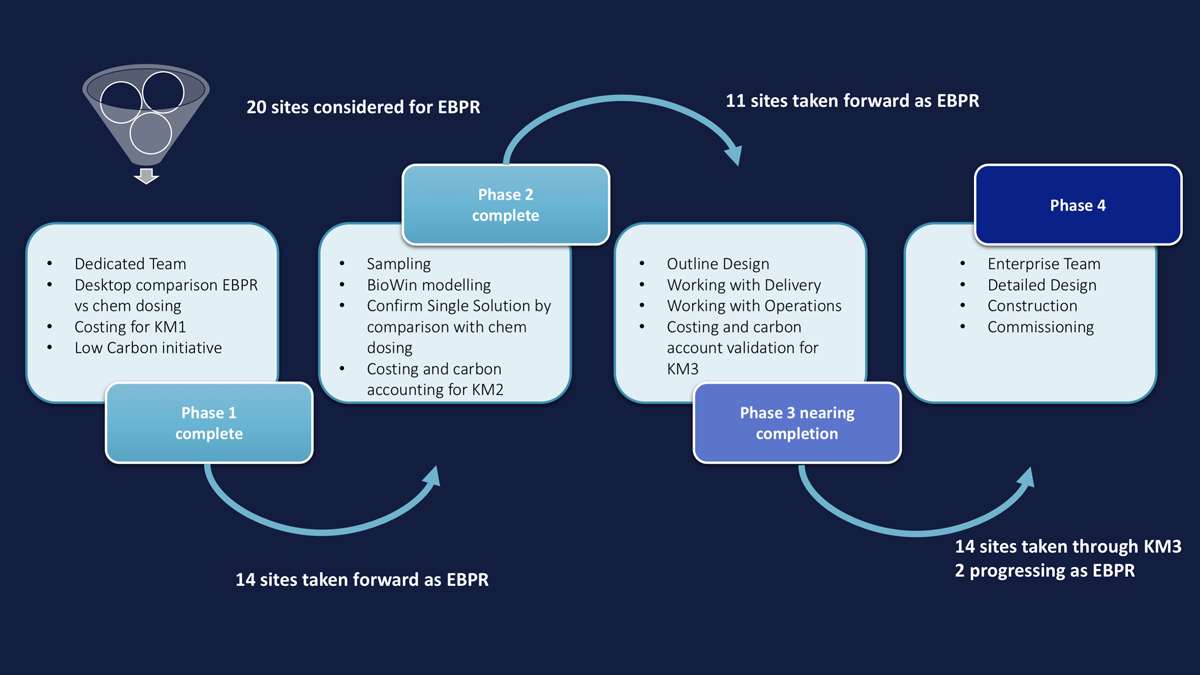
Figure 1 - Program Implementation Strategy - Courtesy of Stantec UK
As part of the capital investment programme for the years 2020 to 2025 (AMP7), Yorkshire Water Services (YWS) set out to deliver a programme to comply with new regulatory obligations on phosphorus (P) standards (Water Industry National Environment Programme – WINEP) while ‘greening’ their approach to wastewater treatment by prioritising solutions with lowest whole life cost, total expenditure (TOTEX) and carbon footprint. Following a concept phase considering enhanced biological phosphorus removal (EBPR) vs. chemical phosphorus removal (CPR) at 20 wastewater treatment works, a recommendation was approved by YWS WINEP Steering Group to undertake a detailed assessment of converting 14 of these existing facilities with EBPR as the preferred process option.
Key objectives
The EBPR programme’s key objectives were to:
- Assess the feasibility of implementing EBPR solutions at the shortlisted 14 facilities and evaluate associated whole-life cost (over 40 years), TOTEX (over 5, 10 and 15 years) and carbon footprint to ensure delivery was possible within AMP7 Business Plan and efficiency challenge constraints.
- Promote efficiencies and a high level of collaboration and integration by delivering the programme following the principles of Project 13.
The solutions considered for within the EBPR programme had to meet the following criteria:
- Meet new regulatory obligations on phosphorus (P) standards (WINEP Programme).
- Treat current and future domestic and industrial loads through year 2035.
- Develop solutions that maximise re-use of assets.
- Maximise opportunity for repeatable solutions including typical designs, standard designs and Design for Manufacture and Assembly (DfMA), i.e., off-site assembly.
The EBPR programme comprised four implementation phases (Figure 1 above) with formal review points in line with YWS Capital Investment Gated End to End Process. Decisions on solutions at formal gateways were informed by TOTEX, carbon footprint and risk profile with lowest whole life cost, with TOTEX and carbon footprint solutions being taken forward to next phase. These phases were:
- Phase I: Desktop evaluations of 20 facilities and desktop comparison of EBPR vs. chemical treatment. It also included an initial cost analysis for selecting alternatives with formal review point in ‘Key Meeting 1’ (KM1).
- Phase II: Refinement of alternatives and selection of EBPR process solutions for the 14 selected facilities. The evaluations included special sampling and process modelling using EnviroSim Associates’ BioWinTM simulator to confirm solutions, undertake stress scenario testing, undertake solutions preliminary design and cost analysis to identify the single solution with formal review point at ‘Key Meeting 2’ (KM2).
- Phase III: Development of outline design for the single solution and cost analysis to validate KM2 cost and carbon estimates with and formal review point at ‘Key Meeting 3’ (KM3).
- Phase IV: Handover outline design to delivery partners to undertake detailed design, procurement, construction, and commissioning. This phase in currently under way with formal gateways submissions being progressed.
Phase I & Phase II
Phase I selected 14 facilities for EBPR evaluation in Phase II. Key findings and considerations during Phase II included:
- Special sampling programme across the 14 facilities. Given the magnitude of the sampling required, the sampling campaign was standardised to make the overall effort feasible and streamline work.
- The sampling results indicated a significant variability of wastewater characteristics between the different facilities. These conditions affected the modelling effort and selection of a standard process configuration across the different sites.
- Since the standardisation of an EBPR process configuration was not feasible, an array of process configurations for EBPR was considered and pre-screened at a high level. This pre-screening effort narrowed the process alternatives to a manageable number of process configurations (Table 1 below), including Johannesburg (JHB) and University of Cape Town (UCT).
- The process evaluations indicated the need for tertiary solids removal (TSR) with chemical pre-dosing for eight of the 14 facilities.
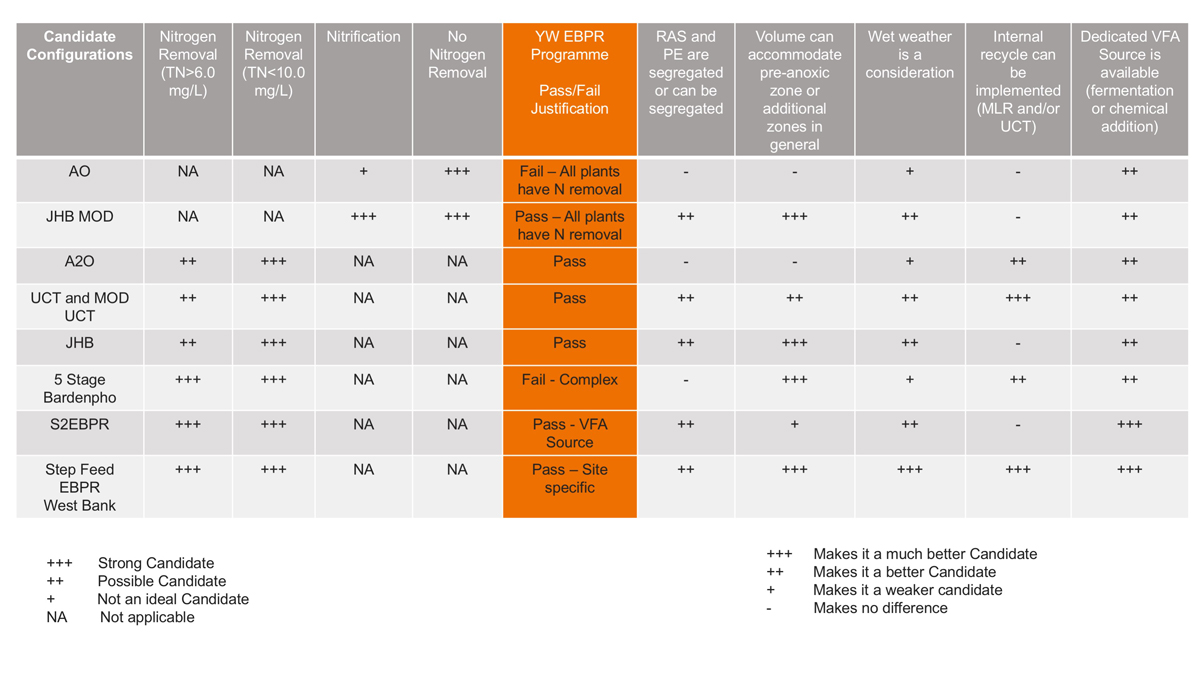
Table 1 – EBPR process configurations – Courtesy of Stantec
After the detailed evaluation and modelling conducted in Phase II, some of the EBPR design solutions resulted in higher cost estimates than those estimated in Phase I. Therefore, CPR was re-valuated and adopted as the lowest whole life cost, TOTEX and carbon option in some instances. Both Phase I and Phase II were delivered by a close collaboration between Stantec UK (YWS’ appointed Strategic Planning Partner) and YWS Asset Planning.
Phase III & Phase IV
Phase III consisted of developing outline designs for the single solution to a level of detail to validate of whole-file cost, TOTEX and carbon cost assessed in Phase II at KM2. Phase III was delivered by Stantec and YWS in collaboration with the delivery partners.
Collaboration and integration between Stantec UK, delivery partners and YWS extended to integration of Stantec’s and delivery partners design teams with YWS undertaking Technical Assurance.
The programme was set up to follow Project 13 principles by bringing together, and fostering collaboration and integration between, YWS, Stantec, six delivery partners and key suppliers. The delivery partners are:
- Ward & Burke.
- Tilbury Douglas Wood.
- Mott MacDonald Bentley.
- Glanua Group
- Eric Wight Water.
- Barhale Doosan.
Close collaboration and integration of design teams enabled YWS, Stantec and the delivery partners to build a common understanding of the projects within the programme, maximise knowledge sharing, promote re-usable solutions and maximise opportunities for using typical designs, standard designs and DfMA all of which promoted efficient delivery both in terms of programme and cost.
The design teams’ integration and collaboration extended to development and adoption of common digital design tools such as intelligent P&IDs, 3D modelling, 4D simulations, common platforms for digital design information sharing. The benefits of this collaboration and integration are being seen during detail design as delivery partners exceed YWS DfMA targets, and delivery partners share elements of design from their respective sites.
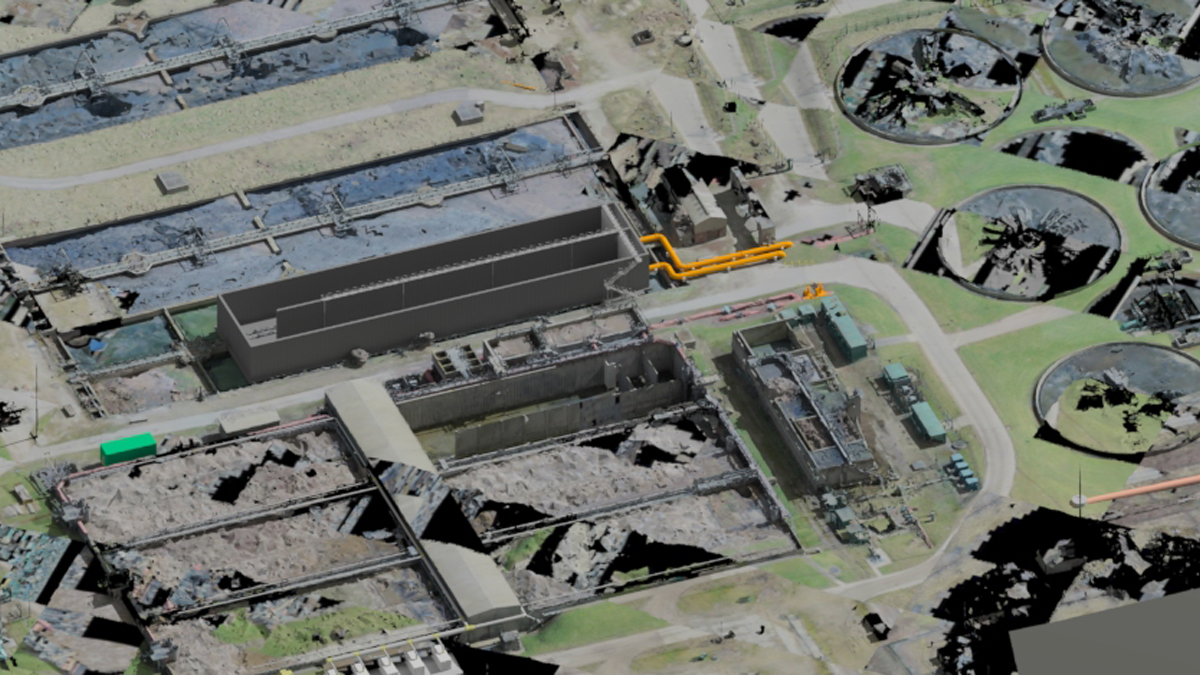
Figure 2: Knostrop retrofit approach – Courtesy of Stantec UK
Evaluated sites
Examples of sites evaluated within the EBPR programme include the following wastewater facilities:
Knostrop STW
The solution at Knostrop is illustrated in Figure 2 and Figure 3. A modified JHB (Johannesburg) was selected for implementation. The original process configuration at Knostrop was developed by modifying the existing activated sludge plants (ASP) to a variant of the JHB configuration. The process configuration includes RAS (return activated sludge) anoxic tank followed by a pre-anoxic (i.e. RAS conditioning) without recycle. The pre-anoxic zone concept helps reduce nitrate and oxygen in the influent to the anaerobic zone providing better conditions for PAO (phosphorus accumulating organism) selection.
The solution converted ASP 1 to the RAS anoxic zone for ASP2, with a new RAS anoxic zone constructed for ASP3.
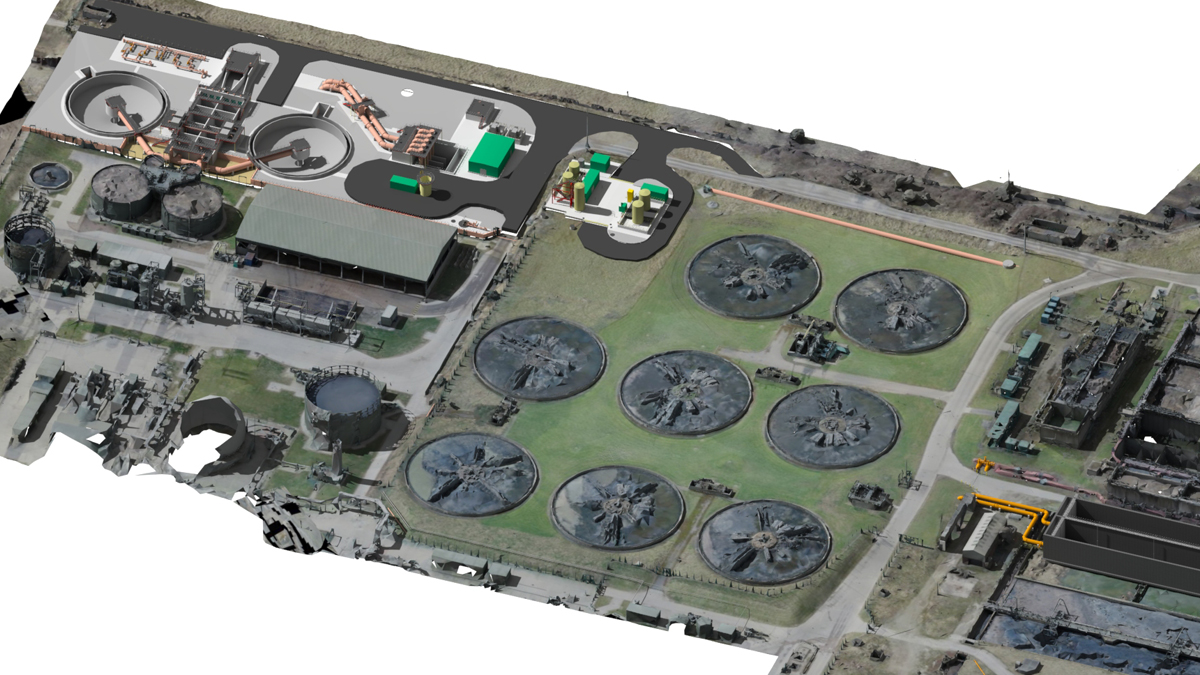
Figure 3: Knostrop retrofit approach – Courtesy of Stantec UK
Blackburn Meadows STW
The approach at Blackburn Meadows was to implement a partial conversion of the existing ASPs. The solution converted the two hybrid ASPs to a JHB configuration. This was achieved by converting the existing selectors to pre-anoxic zone, part of the aeration lanes to anoxic zones with a swing zone being provided to mitigate the risk of potential impact on nitrification and increase process operation flexibility. The remainder of the lanes remain aerobic which was the wider proportion of the existing reactors. A proportion of settled effluent from the intermediate pumping station is diverted to the anaerobic zone to create optimal conditions for PAO.
Summary
The range of process solutions and the evaluation approaches adopted bring valuable lessons learned to utilities that face stringent phosphorus limits.
At the time of writing this abstract (June 2022), process evaluations, process modelling and outline designs are complete. For some sites delivery partners have completed detail design, placed orders for strategic packages, undertaken enabling works and construction start is imminent.







